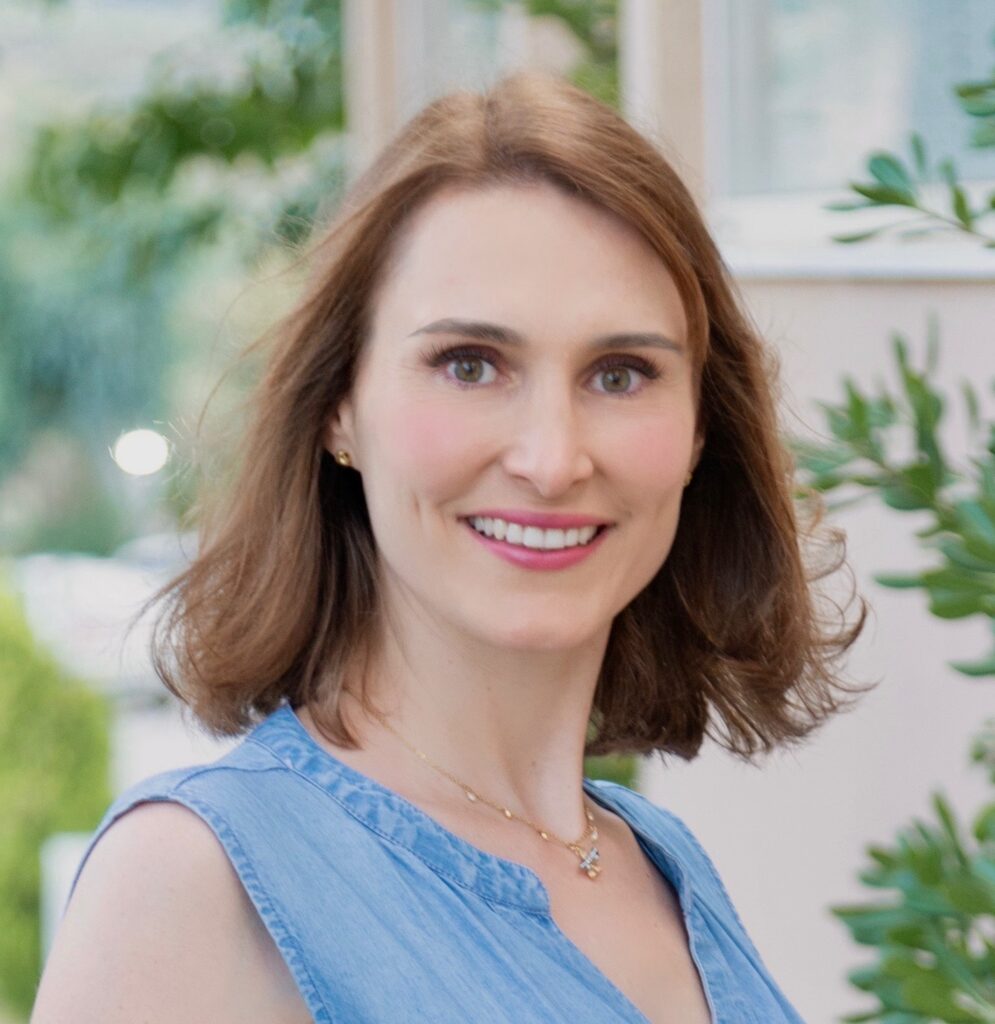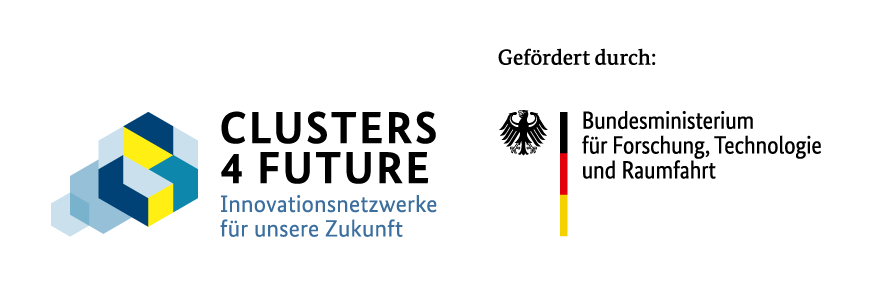
MCube:
What fascinates you about the Munich Innovation Powerhouse?
What key challenge do you see for the future of mobility in general?
What perspective or expertise do you bring to MCube, which project are you leading or which topic do you exemplify?
"For me, MCube means..."
Curriculum vitae: Carina has been a project manager at SWM/MVG for federal and EU-funded projects since 2017. She is currently responsible for the ASUR and MobiPionier projects on autonomous shuttle systems and innovative mobility distribution solutions as part of MCube. Previously, she managed the federal project MoveRegioM (phase 2) and the EU project Smarter Together, among others. Having worked in the banking, event and automotive industries and studied business administration in Munich and New York, Carina has extensive experience in project management, financing and mobility - key skills for implementing complex transportation projects.
We are investigating the potential impact of innovative Mobility-as-a-Service (MaaS) offerings such as mobility budgets and mobility bundles in real-world laboratories for everyday mobility and major events.
No results available

What is MOSAIQ?
Imagine something: There is more space for people. The streets have more trees and plants. Everyone can get around better. That's how your Schwabing-West district could be in the future. How would you like your district to be? We want to talk to you about it!
The project is called MOSAIQ. MOSAIQ is a research∙project. MOSAIQ means: Mobility and urban climate in the future city∙part. The Technical University of Munich is leading the project.
What is MOSAIQ about?
MOSAIQ wants to make the streets in the city∙part more beautiful. People should feel comfortable there. There should be more space. For meetings and plants, for example. You can help decide what is tried out in the Stadt∙teil. The ideas come from you. Some ideas will be tried out on the streets for a certain period of time.
The aim of MOSAIQ is to make urban districts good places to live.
At the same time, the climate in the city should improve. And people should be able to move around the city easily.
What is happening in the district?